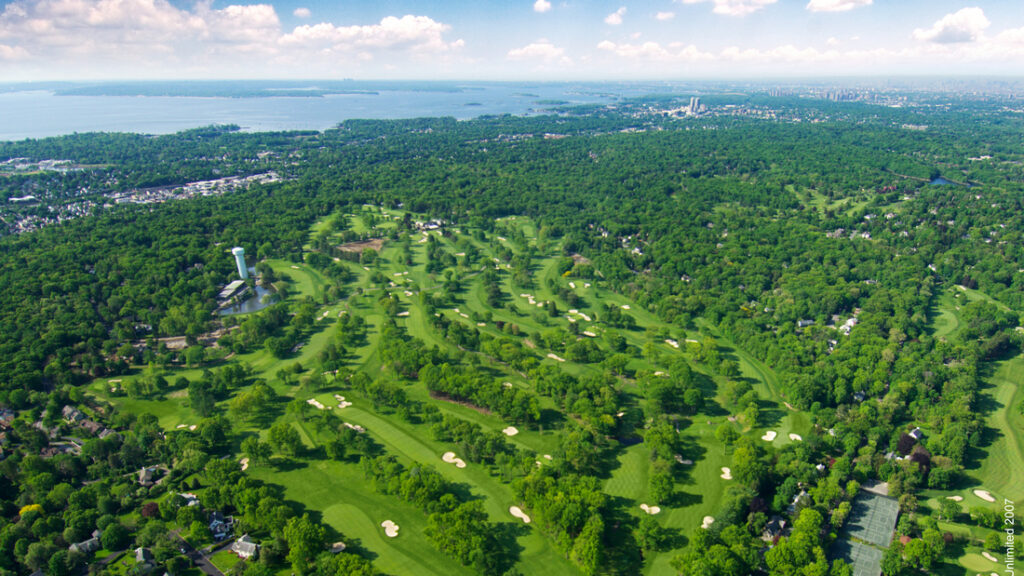For the 6th time the United States Open Championship returns to the famed West Course at Winged Foot Golf Club in New York this week. The 36-hole complex is the handiwork of legendary architect A.W. Tillinghast and to showcase its unrelenting character only two men have ever broken par for 72-holes in previous Opens contested at the Westchester County-based club.
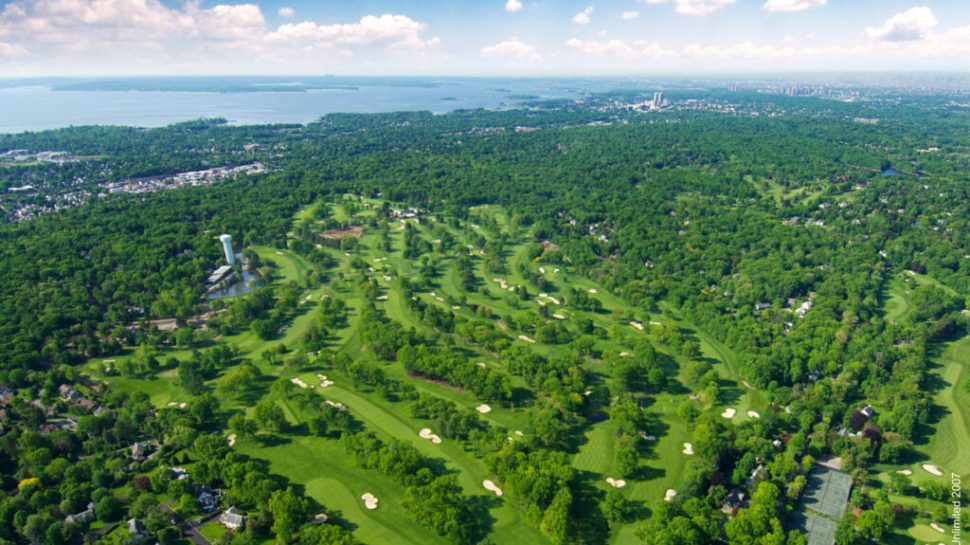
The West Course layout has been updated by the new “US Open doctor” — architect Gil Hanse. Total length stretched to just under 7,500 yards and still playing to a par of 70. Unlike past Opens, the 5th and 9th holes have had their par designations flipped — the 5th, formerly a par-5 is now a par-4 and the 9th, formerly a long par-4 will play as a par-5. Various tee box extensions have been carried out — the most notable coming at the renowned par-3 10th which is now 216 yards instead of previous play at 190 yards.
Although the terrain of the West Course is relatively devoid of any serious land movement the same cannot be said of the vexing putting surfaces. A number of them were crafted by Tillinghast on rock outcroppings and feature a devilish array of internal movements. The surfaces are generally pear shaped and feature deep flanking bunkers that seem to reduce the available landing area when viewed from the player’s perspective when attempting approach shots.
The last US Open contested at Winged Foot was 2006 when a slew of challengers – most notably Phil Mickelson — failed to finish strongly and Aussie Geoff Ogilvy emerged as the victor.
The 633-yard, par-5 12th at Winged Foot is the longest hole on the course. Clearing an 80-foot-tall tree at the turn of the dogleg with the second shot is imperative to allow a clear view of the green.
— U.S. Open (USGA) (@usopengolf) September 7, 2020
In collaboration with @DeloitteUS. pic.twitter.com/CBgdFrlGRr
Of course, the most talked about previous Open happened in 1974. No competitor broke par during the first round and eventual winner Hale Irwin snared the trophy with a plus seven 287 score. That figure tied the second highest score in relationship to par since World War II.
Normally, the US Open is staged in mid-June with the final round coinciding with Father’s Day. The September playing dates were necessitated because of the global pandemic, and like other key golf events, no gallery will be permitted to observe play. The stakes are especially high for the United States Golf Association (USGA), the organization which conducts the event. Recent Opens have been marred by various controversies either involving course set-ups or rules issues. Winged Foot is a traditional Northeast venue and having an event which runs smoothly would significantly maximize the standing of the association given the criticism levied by a range of players.
How the West Course will fare versus the latest generation of players armed with today’s most sophisticated golf balls and clubs is the major unknown. Five architects weigh in on how they anticipate matters will unfold and what issues need immediate attention going forward.
***
When you hear the words “Winged Foot” — what comes to mind?
Doug Smith: Winged Foot means golf history. It’s the closest US Open venue to where I grew up and still reside. I live just ten minutes from the course. The first golf book I ever read was “Massacre at Winged Foot,” about Hale Irwin’s 1974 Open victory when he won with a score of 287. Dick Schapp’s account was riveting. Let’s see what Winged Foot has in store this time around to possibly echo the past.
Forrest Richardson: It’s difficult not to immediately associate the club with Tillinghast. I’m reminded of some of his writing, which was among the best ever in golf design. His line on trees was particularly memorable: “Forests on a golf course are like communities, and trees are like men. In each there are a lot of common nuisances and parasites that are best left out of the picture altogether.” That’s timely for several reasons.
Stephen Kay: Tilly the terror, Hale Irwin seven-over-par and Phil blew it.
John Fought: Great championship golf courses. I also think of the beautiful trees and stunning white face bunkers. Perhaps the spectacular bunkers are some of the most aesthetically pleasing I have ever seen.
Mark A. Mungeam: Five things come immediately to mind: traditional US Open course, a A.W. Tillinghast design, two top 100 courses, the New York City area and the “Massacre at Winged Foot” book by Dick Schapp.
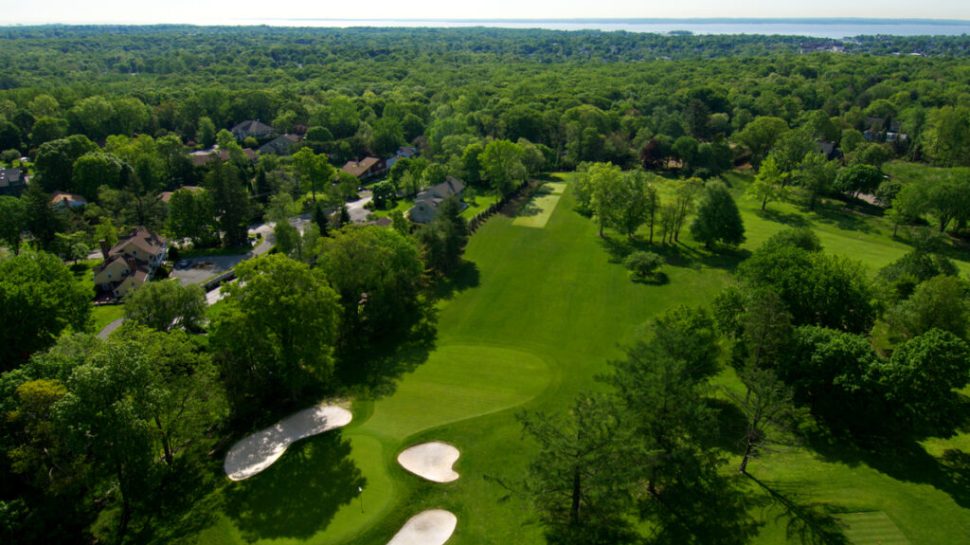
Each year the USGA handles the set-up for America’s national championship. In recent years certain sites and certain actions have come under criticism — some rightly so. As an architect — what guidance would you share with the USGA?
SK: Don’t worry about protecting par. In the Olympics, do they try to slow up the track so the 100-meter record cannot be broken?
MM: I’d recommend two things for this Open. Simplify the set-up in the manner of past championships at Winged Foot and allow more influence from the maintenance staff in the setting of cups. I realize the USGA carefully studies the greens to determine the pin positions, but those who care for those greens every day are more likely to know if a hole location is appropriate or not at the end of a sun baked day.
DS: Added attention needs to be paid to the actual slope percentages — in terms of an inch — of the greens — on certain US Open courses and not just Stimpmeter readings. Weather plays a huge factor. Excessive slope percentages combined with dry temperatures with such fast-green speeds has been a major issue in the past and can be avoided with a simple “green slope percentage renovation.”
FR: Tournament golf relies on five factors. You have the course itself, the maintenance protocol, the weather, the stress of the competition and, finally, the set-up. I think the USGA has come to realize maintenance protocols are best left to the club and superintendent, although the USGA certainly should have a say. So, it remains the set-up that they should — and do — focus on. I think this is where Mike Davis has done such a great job. Thinking differently, where holes can have a wide difference from day to day. Par-3s that are exceptionally short, bringing half-swings and multiple club choices into play. And half-par holes, where risk excels. Set-up is their greatest gift to the championship, and I’d hope this is where they concentrate their time.
JF: I love the fact USGA championships are set up to challenge every part of your game; it sets the US Open championship apart from a regular Tour event. However, the biggest problem centers around the fact that most of the US Open championships are played on classic
courses — like Winged Foot) generally built during the ‘Golden-Age’ of golf course architecture in the 1920s. Greens constructed during this era are interesting but were built for green speeds less than 10 on the Stimpmeter. So when the USGA speeds the greens up to +13 many of the interesting corner hole locations become unplayable. However, the USGA continues to try and use these locations. This makes for 3 and 4 putting even by the best players in the world. In my opinion the USGA needs to either slow the green speed down or locate the holes in the flatter areas.
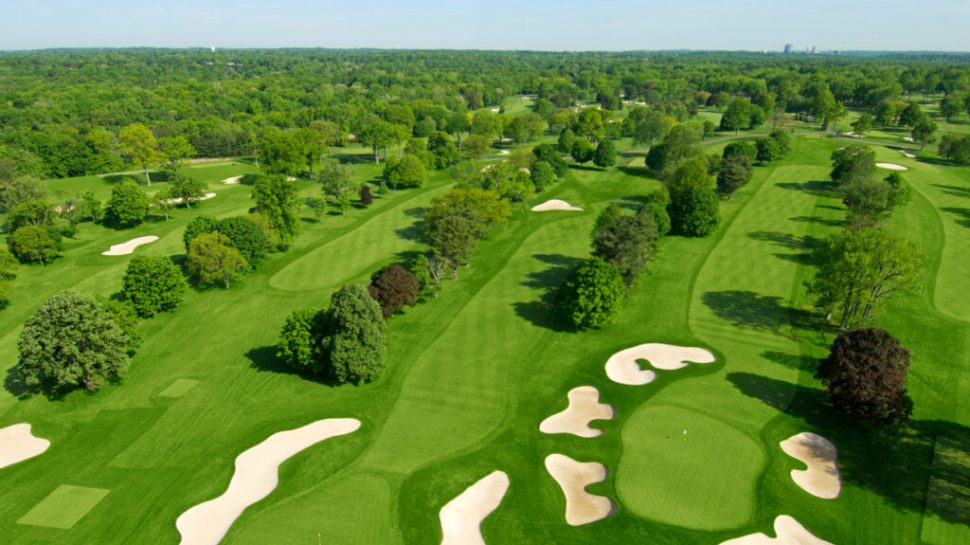
Winged Foot is the handiwork of A.W. Tillinghast — one of the foremost golf architects of all time. What do you think he would say about how one of his leading designs has been handled given the length of the course for the championship will be just under 7,500 yards and playing as a par-70?
JF: Sadly, I think Mr Tillinghast would say that his wonderful course needs to be this long to challenge players the way it did when he built the course. Unfortunately, the governing bodies have not adequately addressed the distance the ball is traveling. If Winged Foot played the same length it did 30 or 40 years ago the players today would play drive and pitch golf. When is the USGA and the R&A going to dial the ball back?
MM: While I think Tillinghast would be dismayed with how much the course had to be lengthened to test the best players, he would be extremely pleased with how the course has been restored and refreshed for championship play by architect Gil Hanse, ASGCA, Superintendent Steve Rabideau and the membership. The integrity and challenge of both courses have been maintained. They both look amazing. He would be very proud.
FR: I am sure he would have a colorful opinion, as he did even when remarking about the most benign of golf topics. On the issue of length, I think he would take the opportunity to suggest any and all creativity to downplay that characteristic of the course. His efforts were about finesse, interest and surprise. I don’t think the defense of length was ever at the top of his designs, nor do I think he would give much care to the par value any given hole. To him, each hole was thought of as its own event.
DS: It is what it is. Technology with the balls and clubs is all about big business. It’s only going to go up — not down. Architects are forced more than ever to adapt and combine their “modern” design philosophies together with what they would think a “classic” architect like Tilly would do if he were alive today. Being literal for a renovation like Winged Foot to its original design is no longer as relevant as it was in the past.
SK: I think he would be fine with the 7,500 yards. He would want long Irons to be used. I think he would be happier now with a wider golf course with less trees than it has been in the past.
Part 2
The Participants
Doug Smith
ASGCA
Eastchester, New York
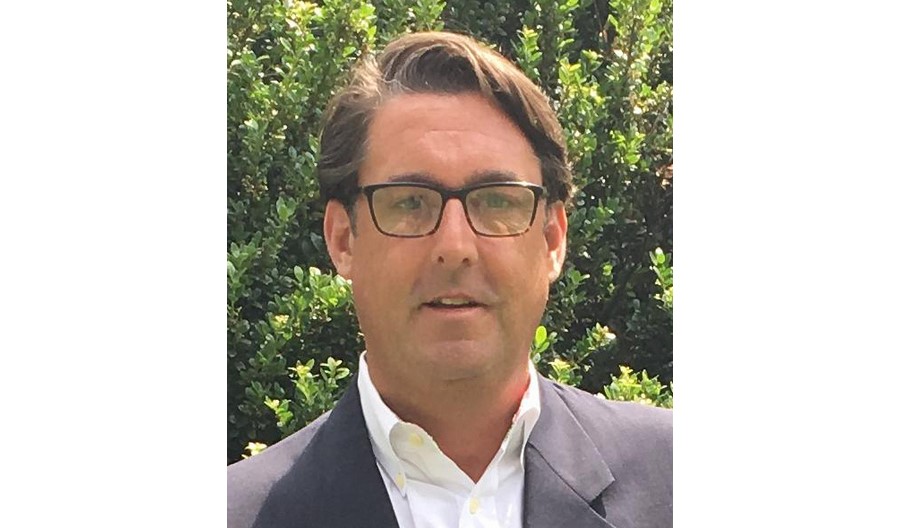
The 54-year-old owner of Golf Design Unlimited, LLC has offices in Eastchester, NY and Hilton Head Island, SC. In addition to his architectural involvements, he is a rules official and committeeman with the Metropolitan Golf Association. He is also varsity boys golf coach at Riverdale County School in NY. Among his new design involvements include Manhattan Woods and The Links at Union Vale in NY. Among his most prominent renovations include Longshore in CT and Indian Hills in NY.
Forrest Richardson
ASGCA
Phoenix, Arizona
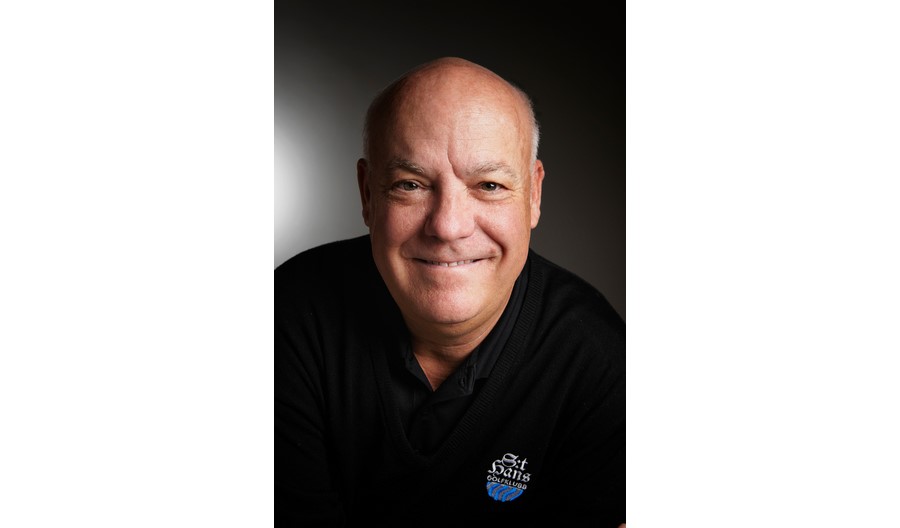
Based in Phoenix, Richardson’s work covers more than 30 years, 20 states and 8 countries with resort, private club and public work. His restoration of Berkeley Country Club in California remains the only solo design of Robert Hunter. Three of his designs have ranked within the top municipal courses in the U.S., including Baylands Golf Links in Silicon Valley, which Golfweek ranked 13th in California in its opening year. He is the author of several books on golf course architecture, and will become the 75th President of the American Society of Golf Course Architects (ASGCA) in October of this year.
Stephen Kay
ASGCA
Egg Harbor, New Jersey
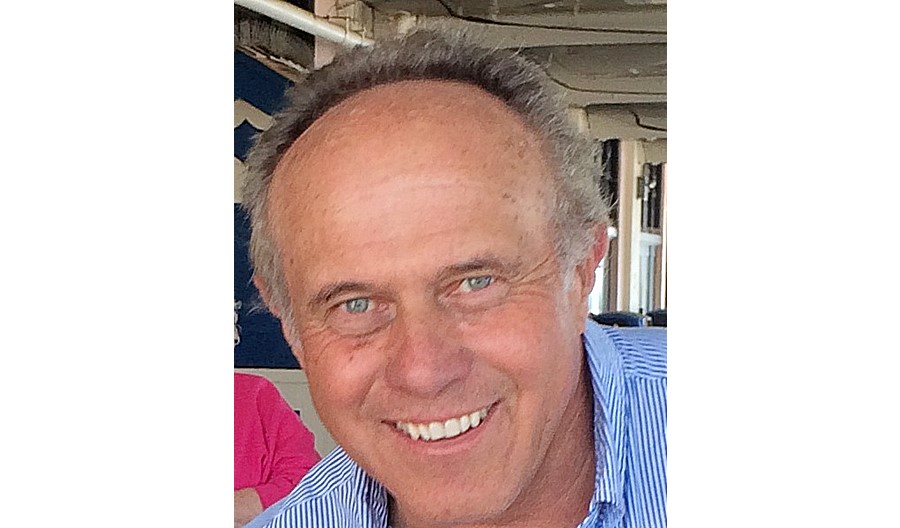
First worked with Bill Newcomb — who was Pete Dye’s first assistant — out of Ann Arbor , Michigan then started his own firm in the NY/NJ Metro area. Has designed 20 new golf courses, such as Links of North Dakota, Architects GC, Blue Heron Pines, Hamlet and Willow Creek and Manhattan Woods with Gary Player. Some of his many renovations are Hempstead G & CC, The Seawane Club, Cherry Valley Club, Forsgate CC, Francis Byrne GC, Llanerch CC, Union League GC at Torresdale.
John Fought
ASGCA
Scottsdale, Arizona
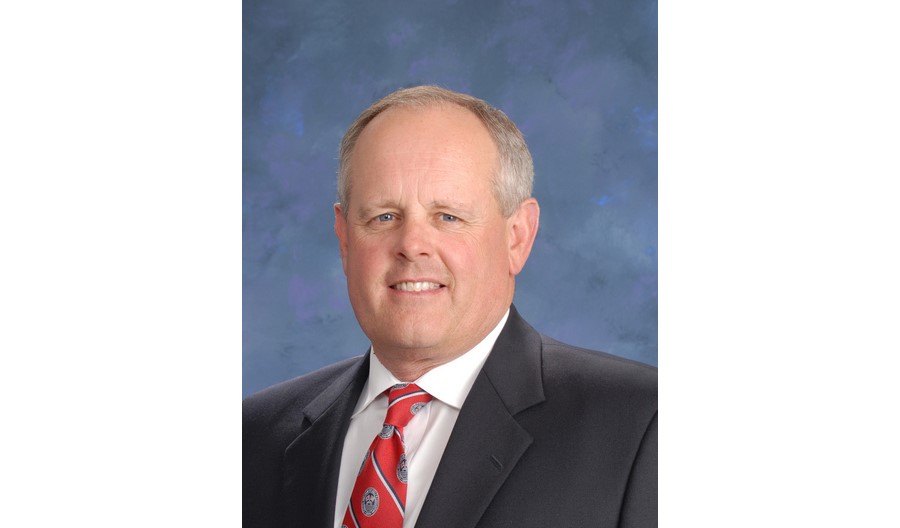
John Fought begain his working career as a professional golfer after winning the 1977 US Amateur. As a professional on the PGA TOUR he was named, “Rookie of the Year” in 1979 after winning back to back events. When injuries forced him to leave the TOUR in 1987 he began a career in golf course architecture. The 66-year-old has worked all over North America various types of projects. His efforts have garnered numerous awards including “Best New Course” and “Best new Renovations” by leading publications such as Golf Digest and Golfweek. His courses have also hosted more than 70 national championships since 1996.
Mark A. Mungeam
ASGCA
Douglas, Massachusetts
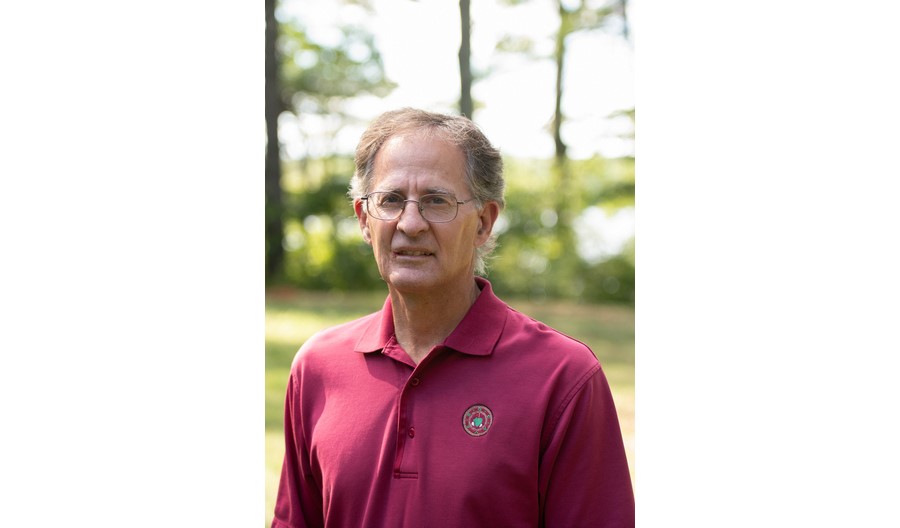
The 59-year-old is owner of Mungeam Golf Design, Inc. A former partner of Geoffrey Cornish and Brain Silva, Mungeam’s new course designs include LeBaron Hill, Shaker Hills and Butler Brook in MA; Oxford Green in CT, The Links at Hiawatha Landing in NY and the 36-hole complex at Charleston Springs in NJ. Renovation works include Olympia Fields / North Course in IL, Connecticut National in Putnam and Fox Hill — a Tillinghast design in PA. In addition, ongoing work at the Donald Ross designed George Wright and William Devine golf courses for the City of Boston.
